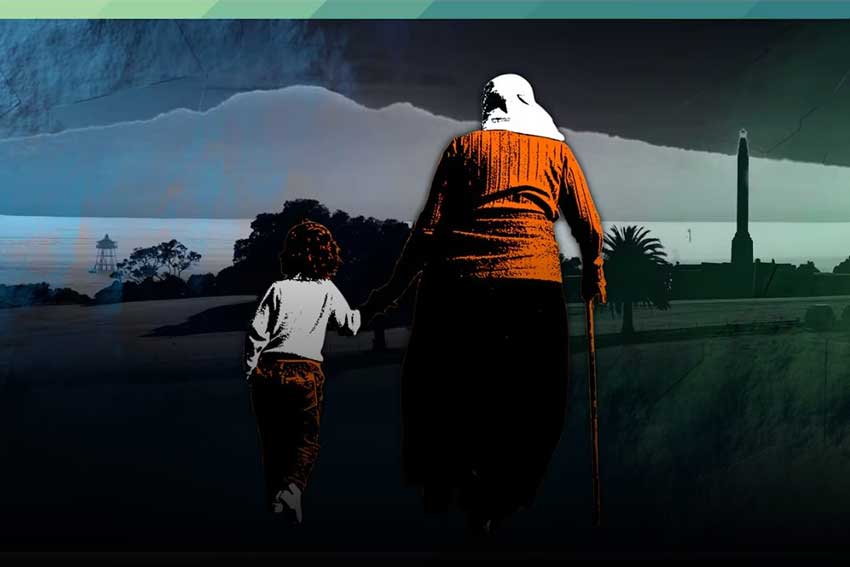Law School academic advises on Whenua

An AUT Law School academic played a key role in Whenua: Our land, our history, a NZ Herald-led project that shows how the legal method of “extinguishment” was used to sell Māori customary land to European settlers.
Dr Adrienne Paul was welcomed to the Law School earlier this year. A legal expert in Māori land rights, Adrienne was asked by NZME, which owns the NZ Herald, to share her knowledge with the journalists involved in Whenua.
Acknowledging that “many of us don’t understand how it all happened”, the NZ Herald invited Adrienne to work with journalists from around the country in a day-long workshop that explained legal practices such as “conversion” and “extinguishment” and the impact of these approaches on Māori.
Legally speaking, “extinguishment” is a process in which rights to an entity (in this case, land) are terminated or cancelled for it to become something different. The Whenua project shows the first land transfer of how Māori customary land rights were extinguished. There were different methods used; one example was through the British Crown’s New Zealand Company so the land could be sold as fee simple, individual titles to European settlers.
“In other words,” says Adrienne, “Māori land was stolen.”
The data-driven project was complex and required careful and extensive consultation with Land Information NZ (LINZ) to ensure the interactive maps shown online corresponded with historic and spatial records, as well as being legally and geographically accurate.
But before the mapping could begin, however, Adrienne knew she had to address the feelings the project catalysed among those involved.
“Whenua spurred emotional responses from the journalists, from senior leaders to junior members of the project. There were lots of tears in the workshops – many of the attendees were shocked and saddened to learn about what has occurred in Aotearoa NZ. I needed to address the emotions before working through the evidence,” says Adrienne.
The NZ Herald launched Whenua: How land moved out of Māori control in late July. The online resource features an interactive map as well as video stories shared by Tainui, Ngāi Tahu and Ngāti Whātua o Ōrākei. As the NZ Herald explains:
“Whenua: Our Land, Our History confronts questions some of us prefer not to ask because they raise uncomfortable issues about Aotearoa’s colonial legacy. And the conversation has become even more charged, in response to the Treaty Principles Bill and moves to rename departments in English.
The answers are essential to understanding our history. It’s summed up in the Māori proverb ‘Ka mua, ka muri: walking backwards into the future.’ To face what’s ahead as a country, we must first know our past.”
Adrienne says the Whenua has been positively received by legal practitioners, who believe it “settles the knowledge base” about the loss of Māori land rights in this country. Describing it as “the best collaborative project I have been involved with”, Adrienne continues to work as an advisor to Whenua journalists, who are building on the existing resources of this iterative project.
Read and explore Whenua: Our Land, Our History